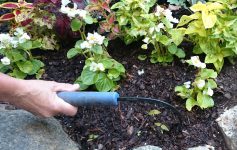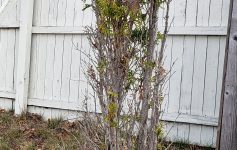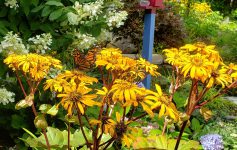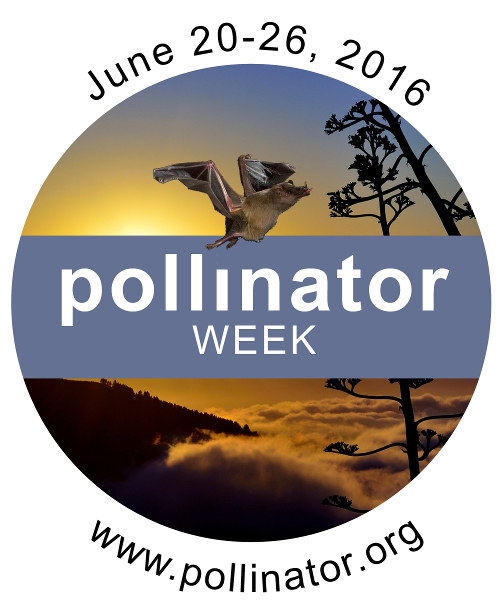 This week is the celebration of the annual National Pollinator Week. So some attention to nature’s creatures that are responsible to providing us about 33% of our farmed crops and 80% of all pollination in nature is well worth our time. Recent challenges to our pollinators have reduced their numbers and overall health, causing serious concern for their existence. As I have reminded gardeners many times, the surge in brick and mortar construction throughout our region over the past few years greatly reduces healthy habitats for our pollinators. Ongoing urbanization with lack of green spaces, use of pesticides and unfriendly plant selections are just a few practices that reduce one of nature’s links in the chain of healthy ecosystem and life.
This week is the celebration of the annual National Pollinator Week. So some attention to nature’s creatures that are responsible to providing us about 33% of our farmed crops and 80% of all pollination in nature is well worth our time. Recent challenges to our pollinators have reduced their numbers and overall health, causing serious concern for their existence. As I have reminded gardeners many times, the surge in brick and mortar construction throughout our region over the past few years greatly reduces healthy habitats for our pollinators. Ongoing urbanization with lack of green spaces, use of pesticides and unfriendly plant selections are just a few practices that reduce one of nature’s links in the chain of healthy ecosystem and life.
Pollinators are not exclusively bees! They include butterflies, moths, a variety of flies, birds, bats, beetles, and yes even the wind! Once again, I will debunk the ever present “killer bee” myth. Graceful pollinating bees DO NOT attack as the sci-fi movies suggest. Their only interest is moving plant to plant to perform their uniquely special role in nature. And fly varieties, they are not your trash can variety. I had a customer last year have me move a hydrangea from an outdoor living space because their were “too many flies” I assured the individual that they were there exclusively to pollinate, not alight on your picnic food. Knowledge is power when it comes to pollinators.
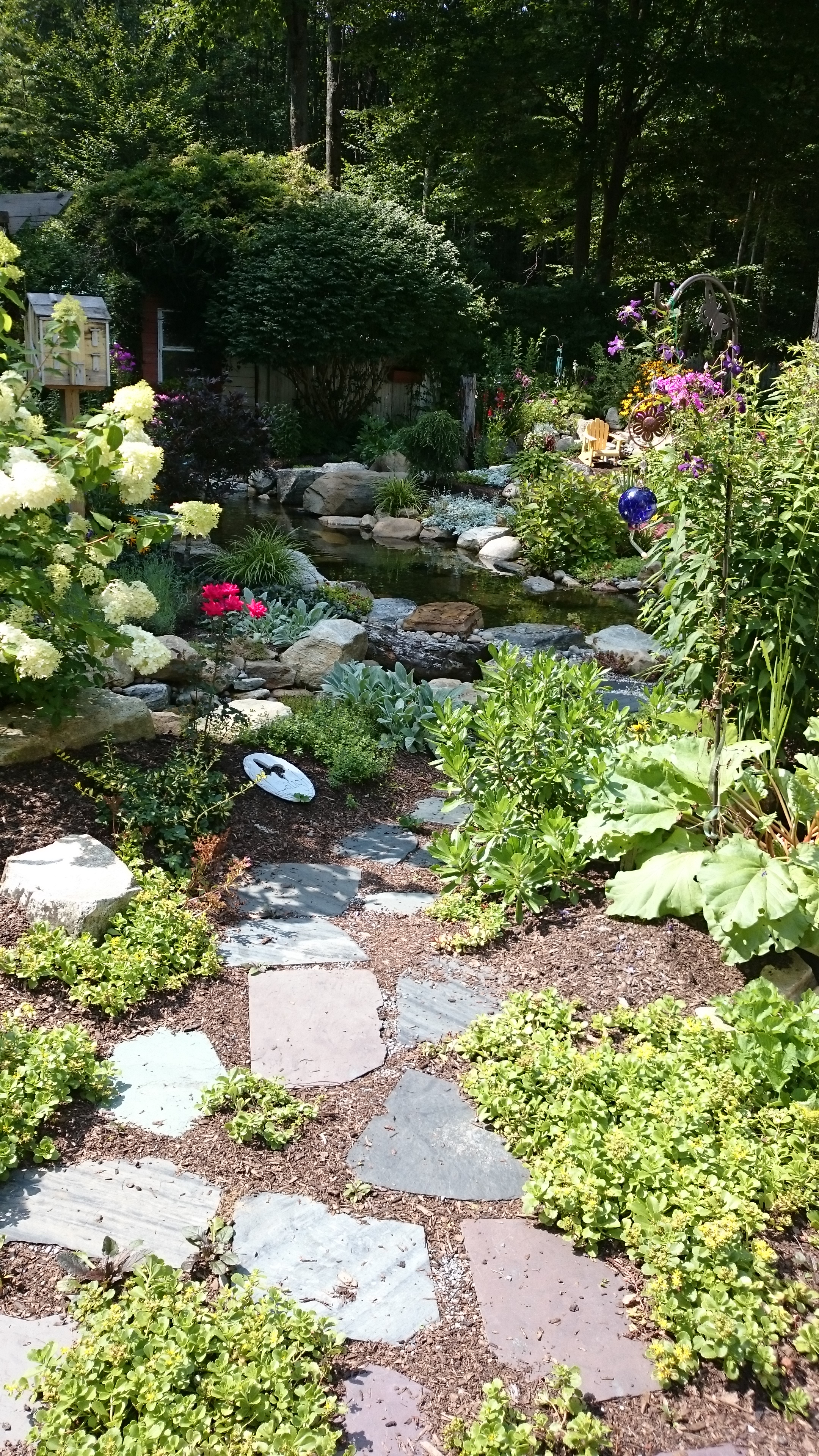
Don’t think you need a huge area to do your part in attracting natures pollinators. A window box, container garden and tiny small space ground area on your property with plants that attract can help. Planting sustainably will encourage pollinators visiting your gardens.
Plants that provide nectar and pollen sources are foremost Annuals for your containers that attract are: marigolds, dahlias, sunflowers, cosmos, zinnia, penta, Establish an all season bloom by selecting perennials that do well in our region for your bedding areas: cone flowers, black eyed Susan, Joe Pye weed, gallardia, cardinal flower, geranium, phlox, bleeding heart, sedum, catmint, butterfly weed, veronica, sedums and herbs such as lavender, thyme and chives. Don’t forget the water source! Most folks overlook this. You don’t need a pond, a birdbath or small water feature will do. Situate your gardens in sunny areas with windbreaks such as trees and shrubs. Keep your plants healthy with proper planting practices and watering. And most important, eliminate the use of pesticides.
Want to check out a “pollinator friendly” small garden? Visit the Franklin Community Center on Franklin Street in Saratoga Springs. The shrubs, perennials, annuals and water feature were all selected to create a “pollinator friendly garden” in an urbanized area. this garden is registered on the One Million Garden Challenge map.
Looking to learn more regional friendly practices? Join me for my workshop Planting for Pollinators this Saturday June 25th at 11:00am Dehn’s Greenhouses on Beekman Street in Saratoga Springs . Bring your children and grandchildren as this will be a “kid-friendly” workshop! I will be discussing the local importance, how to, debunking bee myths and inviting you to register your garden for the national One Million Garden Pollinator Challenge.

